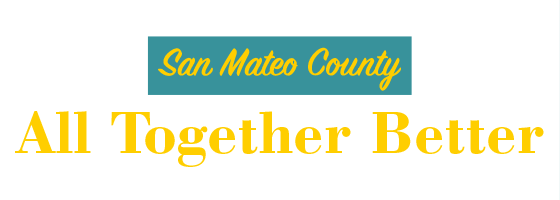Promising Practices
The Promising Practices database informs professionals and community members about documented approaches to improving community health and quality of life.
The ultimate goal is to support the systematic adoption, implementation, and evaluation of successful programs, practices, and policy changes. The database provides carefully reviewed, documented, and ranked practices that range from good ideas to evidence-based practices.
Learn more about the ranking methodology.
Filed under Effective Practice, Education / Student Performance K-12, Children, Teens, Adults
Goal: The goal of the program is to make a positive difference in the lives of children, primarily through professionally guided one-to-one relationships with caring adults, and to assist them in achieving their highest potential, as they grow to become confident, competent and caring individuals.
Filed under Evidence-Based Practice, Health / Children's Health, Children, Teens, Urban
Goal: The primary goal of the School Lunch Initiative is to transform the way Berkeley public school students eat lunch and to educate children about food, health, and the environment.
Impact: Three years after its conception, the program successfully eliminated nearly all processed foods from the school district dining halls and introduced fresh and organic foods to the daily menu. There was evidence that greater exposure to the School Lunch Initiative was significantly associated with higher nutrition knowledge scores among fourth graders and seventh graders. Furthermore, elementary school students from the schools with highly developed School Lunch Initiative components clearly expressed a higher preference for fruits and vegetables.
Filed under Evidence-Based Practice, Health / Physical Activity, Children, Teens, Urban
Goal: The goal of this program was to lower the Body Mass Index (BMI) of obese children, and thus decrease the prevalence of obesity, through a multi-faceted lifestyle intervention program.
Impact: Group based interventions are beneficial in reducing BMI and creating healthy lifestyles in young, obese individuals.
Filed under Evidence-Based Practice, Health / Immunizations & Infectious Diseases, Adults, Racial/Ethnic Minorities
Goal: The goal of the SHIELD intervention is to reduce drug and sex risk behaviors.
Filed under Effective Practice, Health / Older Adults, Older Adults
Goal: Both local and state governments face huge challenges in providing senior populations access to public, agency, professional and family caregivers, and community services that allow seniors to remain independent. The complex maze of constantly changing program and service eligibility rules challenge even the most knowledgeable senior service providers. Fragmentation within senior service agencies further results in duplication of services, unnecessary waiting lists, and caregiver and volunteer burnout. This resource attempts to address those problems by providing quick and easy access to a variety of programs.
Filed under Effective Practice, Health / Adolescent Health, Teens, Racial/Ethnic Minorities
Goal: The mission of SEXINFO is to provide sexual health information to those at high risk for acquiring STIs in San Francisco, CA.
Filed under Effective Practice, Health / Physical Activity, Children, Families, Urban
Goal: The goal of Shape Up Somerville is to prevent obesity through a community-based environmental change intervention.
Impact: Through multi-level social interventions (community, school, family) intake of sugar-sweetened beverages and screen time can decrease among children.
Filed under Effective Practice, Health / Health Care Access & Quality
Goal: The goal of this specialized meal delivery program called Simply Delivered for ME (SDM) was to improve care and reduce 30-day hospital readmission rates for those eligible for the program.
Filed under Evidence-Based Practice, Health / Women's Health, Women, Racial/Ethnic Minorities
Goal: The goals of Sister-to-Sister are to eliminate or reduce sex risk behaviors, and to prevent new STD infections.
Filed under Effective Practice, Environmental Health / Built Environment
Goal: Smart Growth has three straightforward goals:
- to save our most valuable remaining natural resources before they are forever lost,
- to support existing communities and neighborhoods by targeting state resources to support development in areas where the infrastructure is already in place or planned to support it, and
- to save taxpayers millions of dollars in the unnecessary cost of building the infrastructure required to support sprawl.

